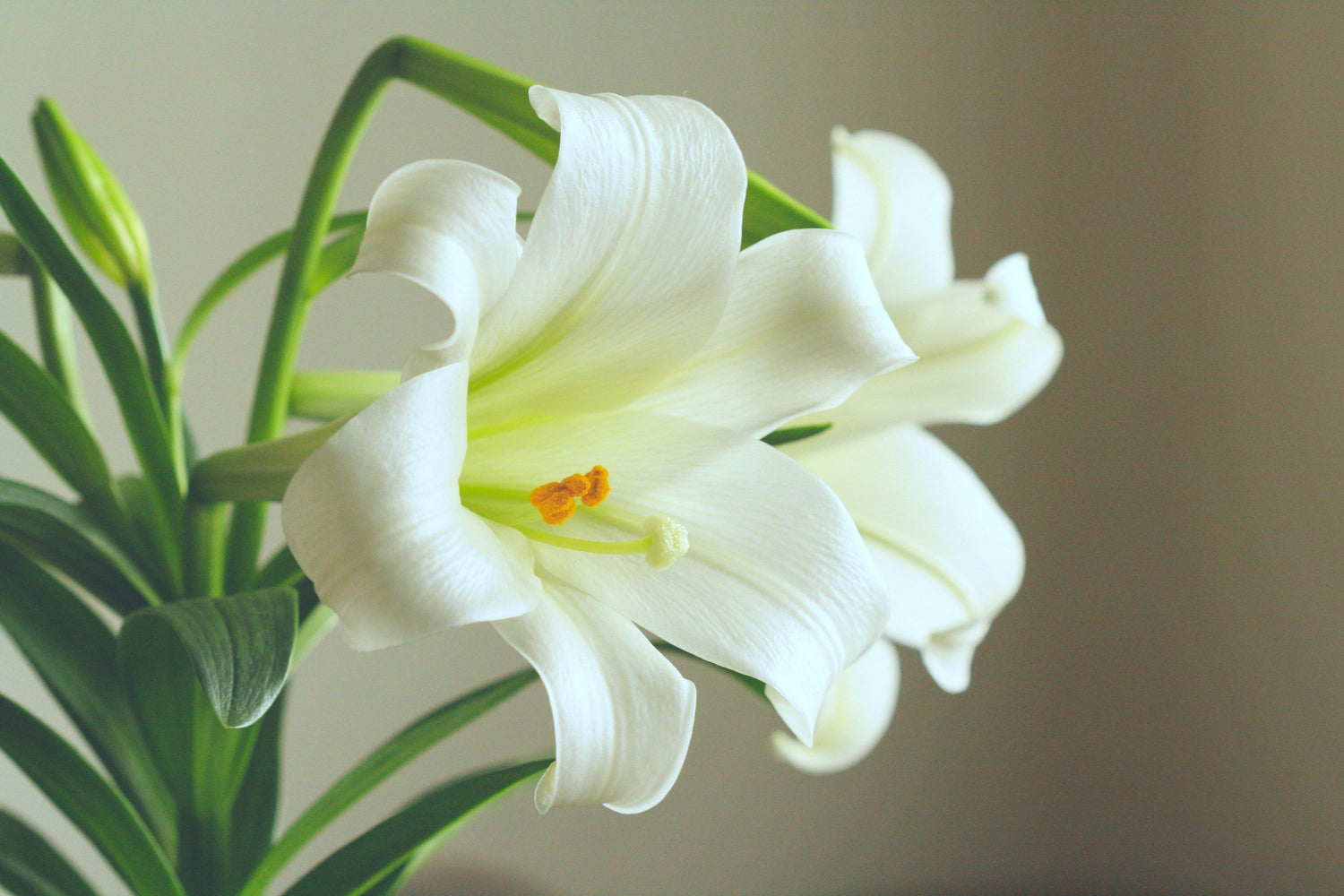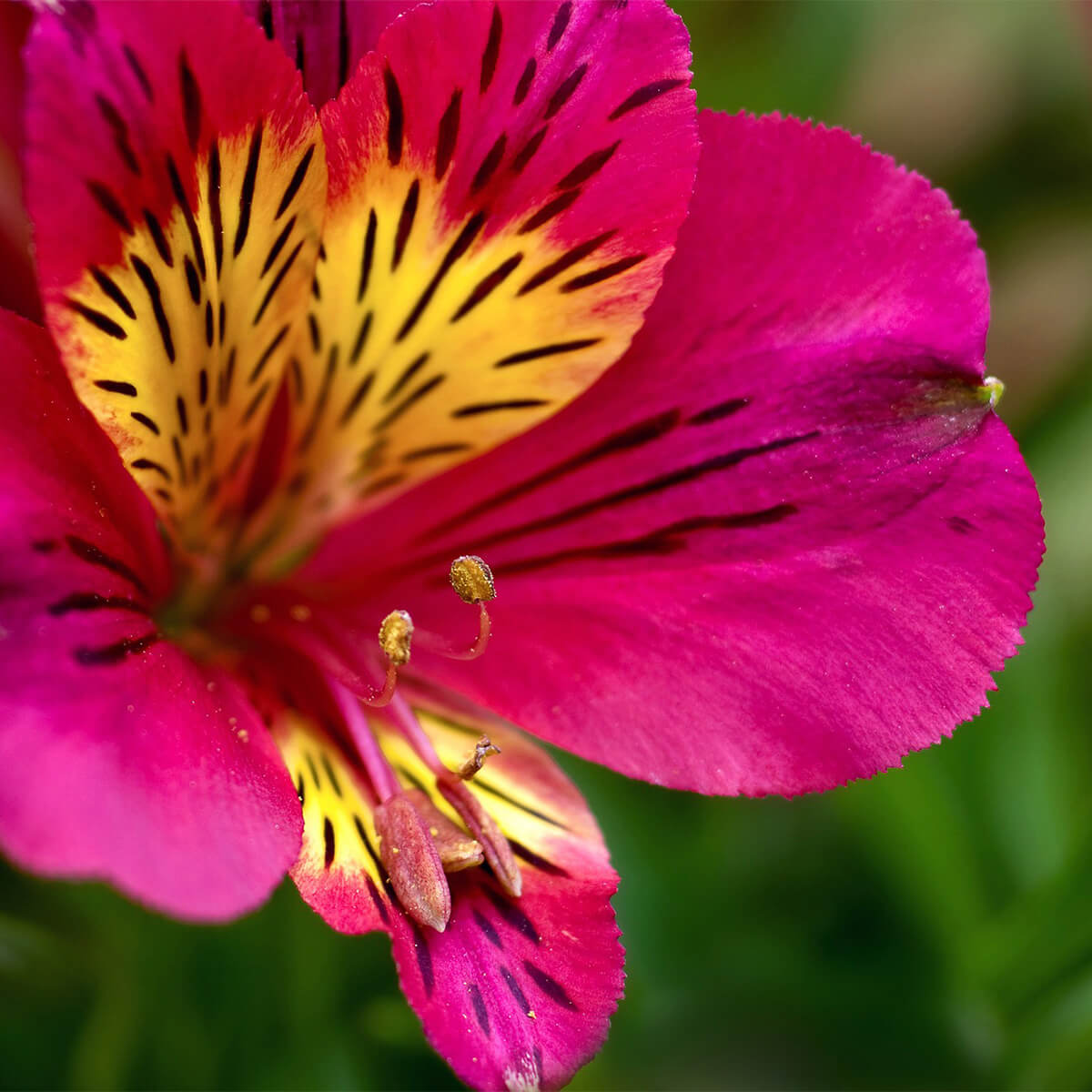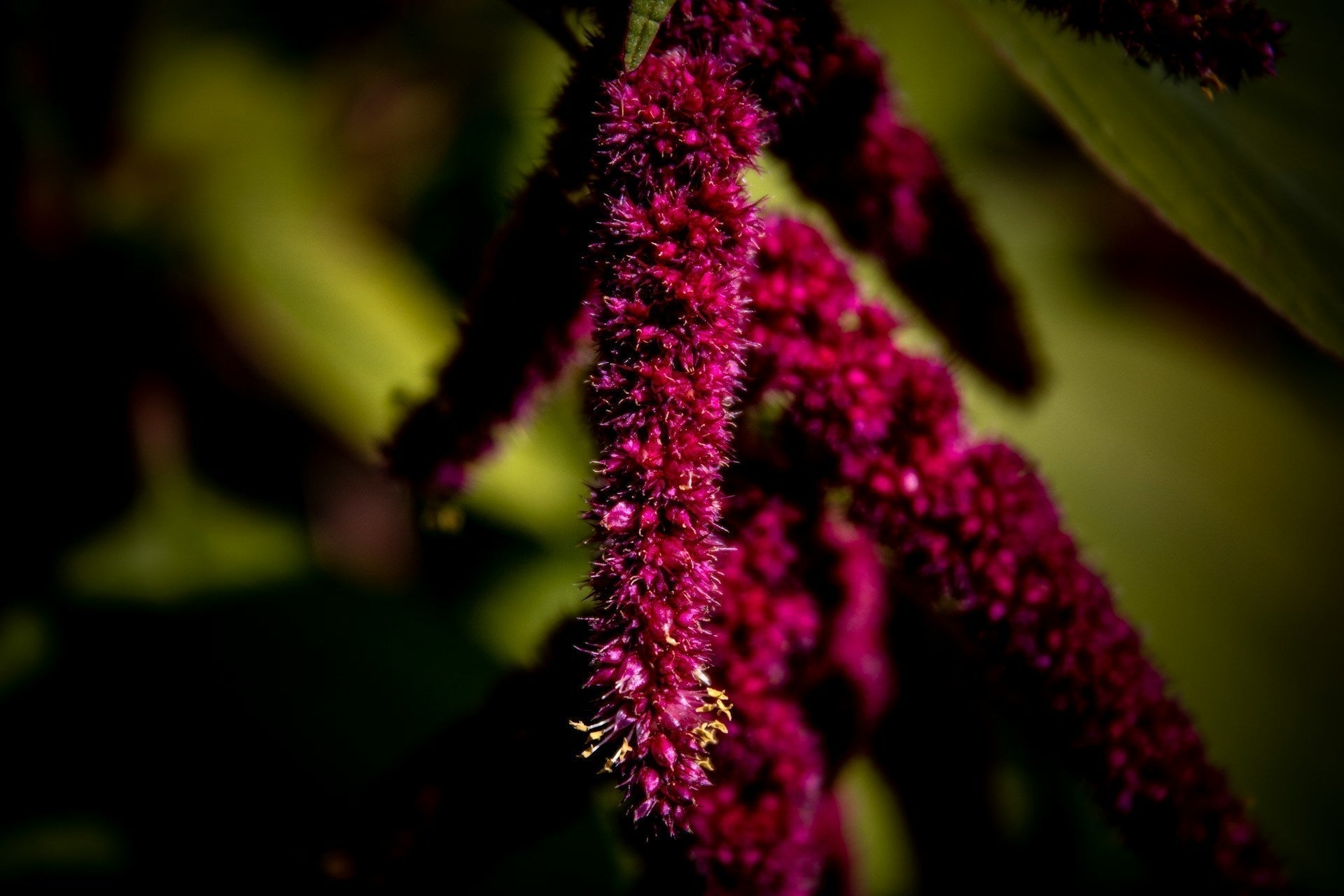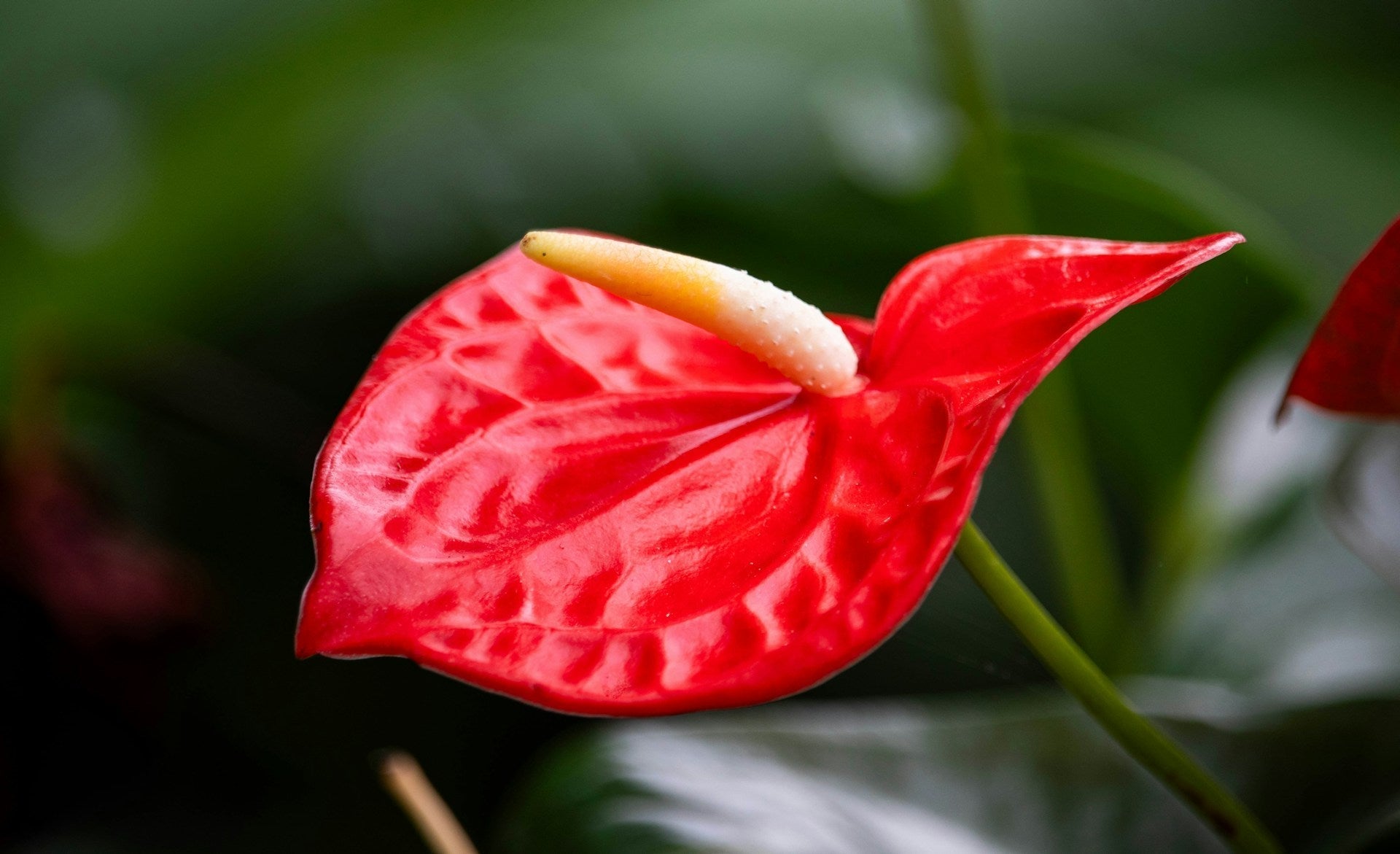Lys de Pâques
Symbolisme : Les grandes fleurs blanches en forme de trompette du lys de Pâques symbolisent la pureté, la vertu et, surtout, la résurrection et le renouveau — des thèmes centraux de la fête de Pâques. En raison de cette forte symbolique religieuse, la fleur a été appelée tout simplement « Lys de Pâques » dans les cultures anglophones, en particulier au cours du 20ᵉ siècle.
Description : Plante fleurie à tige robuste, avec des feuilles lancéolées étroites, vert brillant, disposées en spirale le long de la tige. Les fleurs sont grandes, orientées vers l’extérieur, en forme de trompette blanche pure, parfumées, et peuvent être présentes en nombre de 1 à 6 par tige.
Nommé en l’honneur de : Le lys de Pâques tire son nom de sa forte association avec la fête chrétienne de Pâques.
Nom latin / scientifique : Lilium longiflorum
Originaire de : Les îles Ryukyu au Japon et Taiwan
Période de floraison : Début de l’été
Durée en vase : 4 à 14 jours – en pot, un lys de Pâques peut durer jusqu’à 2 semaines. Il peut refleurir s’il est laissé entrer en dormance.
Utilisation en bouquets ou arrangements floraux : Les fleurs élégantes du lys de Pâques peuvent être mises en valeur seules pour un effet spectaculaire, ou associées à des fleurs plus petites dans un arrangement raffiné. Elles sont également souvent offertes comme plantes fleuries en pot.
Toxicité : Le lys de Pâques (Lilium longiflorum) est extrêmement toxique pour les chats, mais non considéré comme toxique pour les chiens.
Pour les chats : Même de très petites quantités — comme lécher le pollen, mâchouiller une feuille, ou boire l’eau du vase — peuvent provoquer une insuffisance rénale sévère.
Disponibilité en magasin : Nous offrons occasionnellement des lys de Pâques pendant la période de Pâques.






